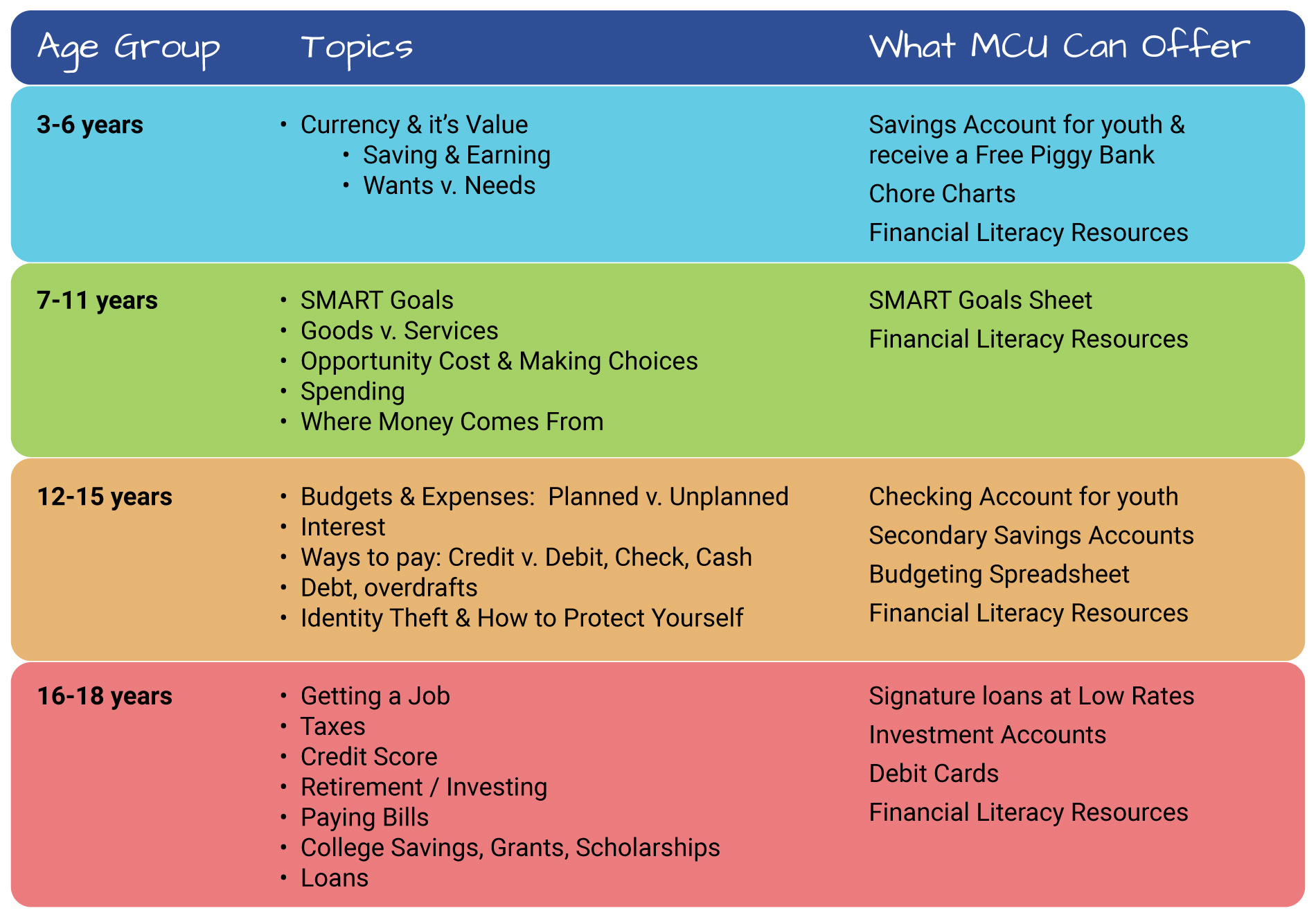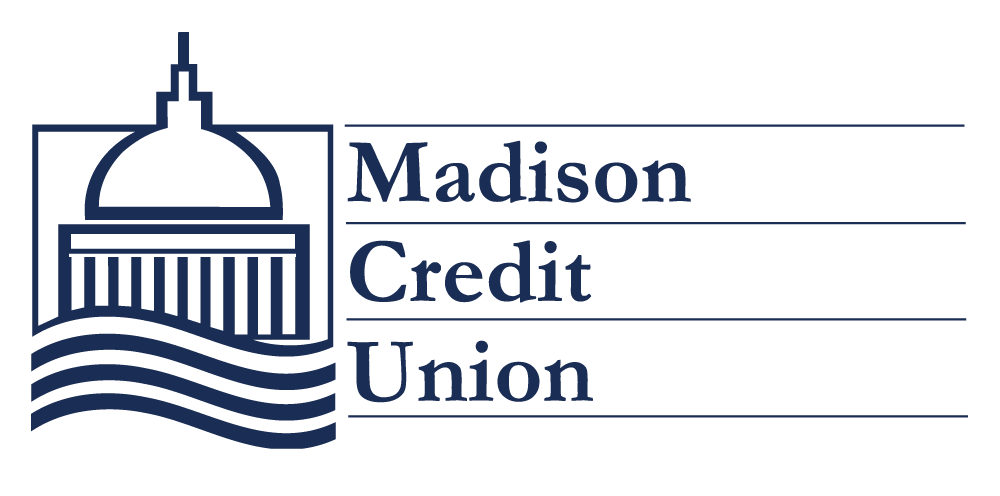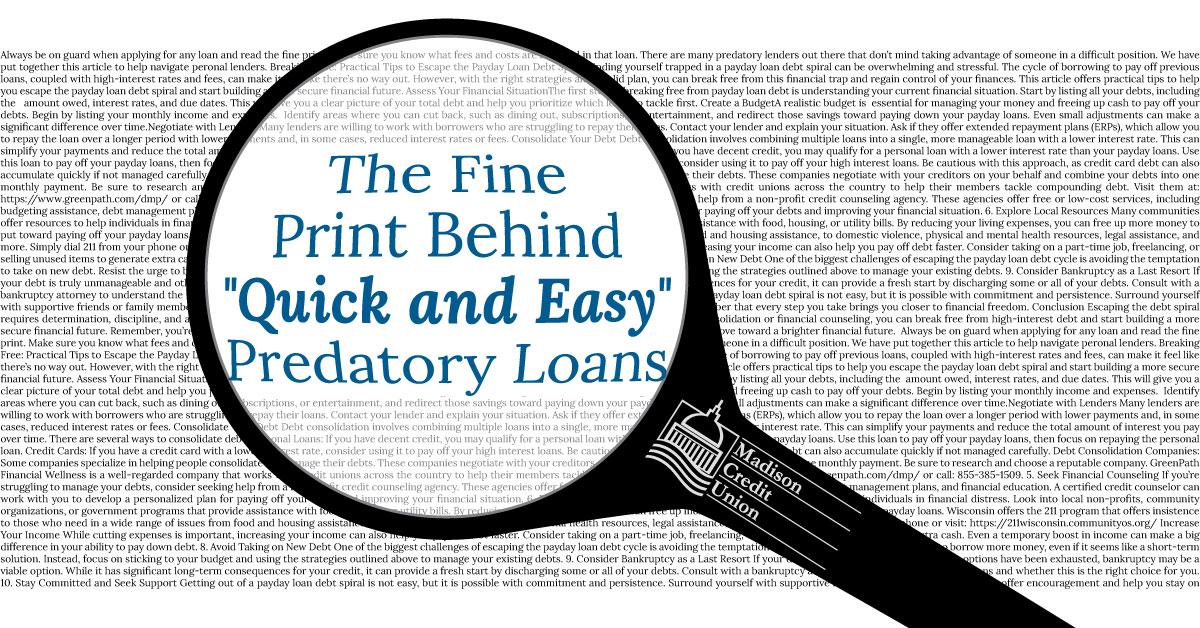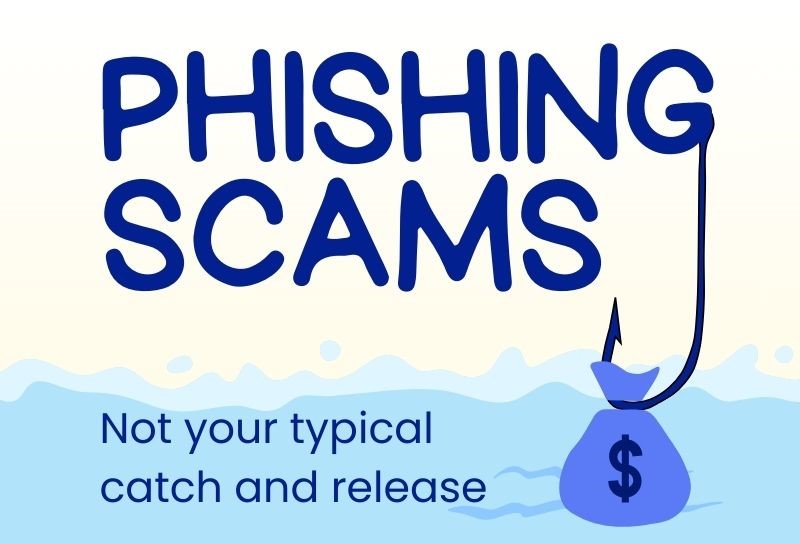Finding yourself trapped in a debt spiral can be overwhelming and stressful. The cycle of…
Youth Literacy : The Money Talk
It’s never too early to start talking about finances with your children. Children as young as 3 years old can learn some valuable lessons about money and budgeting that they can utilize for the rest of their lives.
A good starting point is to teach them about the basics; teach them about the different denominations and their value and also about saving. Then move on to wants vs. needs.
As they get older, teach them about consequences and preparing for the real world. Teach them about building credit and the responsibility behind borrowing. Emphasize the importance of staying on top of bills and budgeting.
We’ve created a helpful guide to give you an idea on what to discuss and when to bring up the discussion. You can follow the guide as closely as you feel necessary, but the goal to have in mind is to set your child(ren) up for success.

3-6 years
As mentioned earlier, children as young as three can learn some great lessons on finances and saving their money. Teach them the basics and start with currency; the different bills and coins and their value. Then, discuss saving & earning money. Giving children chores and rewarding their efforts is beneficial in many ways, but also allows them to start saving money.
A good practice is to have separate jars or piggy banks for allocating funds. These may include a savings jar, a toy jar, a snack jar, etc.
This can be a teachable moment regarding opportunity cost. While this core lesson isn’t mentioned until the 7–11-year category, it’s never to early to teach about making choices. Let them decide how they want to split their funds. Learning to split funds is a great skill later in life when it comes to budgeting and setting aside money for vacations, bills, emergency funds, etc.
Lastly, discuss wants versus needs. Wants are things that we don’t need to survive, like toys, candy, and electronics. Needs are things that we do need to survive, including food, water, clothes, etc.
7-11 years
Children between the ages of seven and eleven can start learning more about opportunity cost and spending.
Opportunity cost is defined as “the loss of potential gain from other alternatives when one alternative is chosen”.
For example, using one’s time playing video games instead of playing with friends. The opportunity cost is the time lost playing with friends. You can use candy bars as a demonstration aid. Tell your child they can pick only one of the two or three options you have. Once they make their first choice, have them tell you their second choice. That second choice is the opportunity cost.
It would be good to teach about goods versus services as well. A good example is, a car is a good and a car wash is a service.
Tell them about where money comes from and the process. Teach them about the federal reserve, and the different components on the bills. For a fun activity have them find the hidden spider on the face of the dollar bill.
Introducing goal making at an early age is beneficial. Teach them about SMART goals and have them come up with one; it doesn’t necessarily have to involve finances! SMART stands for: Specific, Measurable, Attainable, Realistic, and Time based. You may have heard other variations of the acronym, but they all reach the same point: create a specific goal that is achievable and completed by a set date.
12-15 years
As your child(ren) enters their teenage years, teach them about budgeting and expenses. Expenses can be planned or not planned, and it’s a good idea to set up an emergency fund for expenses that arise out of nowhere. It’s good to understand, even for adults, that although emergencies aren’t always the same, there is a budget-able pattern, that emergencies always happen. One month it may be a car problem, the next month has numerous birthdays gifts need to be bought for, the following month is a holiday with the large costs of food and drinks. You should plan that there will also be something unplanned popping up.
Teach them about different forms of payment. Discuss the parts of a check and how to fill one out. Talk about debit versus credit when using a card to pay for things. They look similar but credit cards can get you into financial trouble if you aren’t careful.
Talk about interest and what is considered good rates and high rates. Discuss debt and bankruptcy. Hopefully they’ll never have to experience this, but it’s good to know about it. Tell them about overdrafts and fee’s that apply to insufficient funds. Have them understand what happens when they overspend or don’t budget appropriately.
Lastly, have a conversation about identity theft and ways that they can protect themselves. Inform them of spam calls and phishing. Point out red flags to watch/listen for and have them understand that if it’s too good to be true, it probably is. One of the latest scams recently is the gift card scam. Stress the importance that NO company or business will request payments in the form of gift cards.
16-18 years
As teenagers get older it’s important to discuss their future. Whether they choose to go to college, join the military, start a small business, or any other path, it’s important to discuss how to handle finances during this transition period. If they are going on the college route, talk about the importance of applying for scholarships and grants. They might need to take out a loan, so teach them the guidelines surrounding loans and the importance of paying on time.
Teach them about credit scores and how to build them. Emphasize the importance of paying bills on time and discuss what else effects credit scores. Here’s a great article on credit scores. Teach them about taxes and help them through their first-time filing. Remember you must file on or before April 15th every year!
Discuss investment options. When you hear the word “investing” you might think of the stock market first. Which is certainly an option, but financial institutions also offer investment accounts that are less risky than the fluctuating stock market. Certificates of deposit, money markets, and retirement accounts are three that are offered almost everywhere.
Last but certainly not least, talk about retirement. Retirement is a long way away for teenagers, but the earlier you start putting money towards retirement the better. A Roth IRA and a company 401K are great programs to get involved in. With a Roth IRA, you pay taxes now so you don’t have to pay any later. Many companies do 401K matching, which means they will match how much you contribute up to a certain amount. That is free money that will continually compound interest and grow in the years ahead. Getting in the habit of putting a little aside every month in your younger years can really pay off in your golden years.
MCU offers financial literacy resources under the ‘Financial Smarts’ tab. Helpful spreadsheets and charts are available to view and/or download at your convenience. Currently, we have a chore chart, budgeting spreadsheet, and a financial goals worksheet to download and print off at your convenience, with more resources to come. We also include links to a financial podcast and a money game through the FDIC.
Another good source of information regarding youth literacy is through consumerfinance.gov. The website offers resources for individuals from young children to young adults; feel free to check it out!





